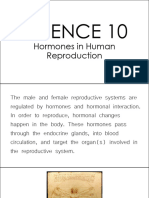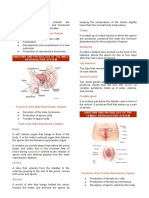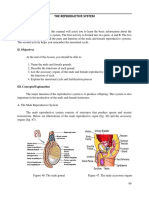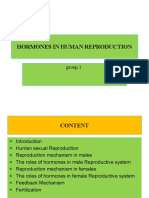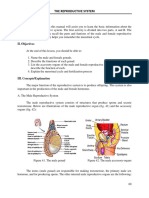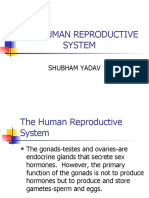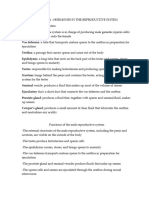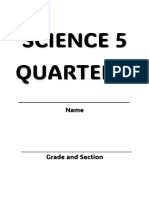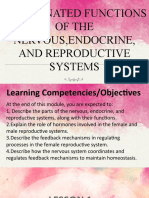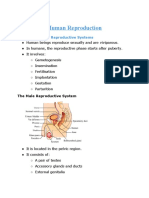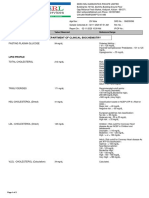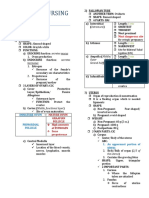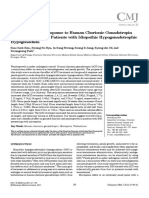0% found this document useful (0 votes)
15 views43 pagesReproductive System
The document provides an overview of the male and female reproductive systems, detailing their structures, functions, and the roles of hormones in reproduction. It explains the processes of sperm and egg production, fertilization, and the menstrual cycle, highlighting key organs and hormones involved. Additionally, it poses review questions to reinforce understanding of the material presented.
Uploaded by
Raven GutierrezCopyright
© © All Rights Reserved
We take content rights seriously. If you suspect this is your content, claim it here.
Available Formats
Download as PDF, TXT or read online on Scribd
0% found this document useful (0 votes)
15 views43 pagesReproductive System
The document provides an overview of the male and female reproductive systems, detailing their structures, functions, and the roles of hormones in reproduction. It explains the processes of sperm and egg production, fertilization, and the menstrual cycle, highlighting key organs and hormones involved. Additionally, it poses review questions to reinforce understanding of the material presented.
Uploaded by
Raven GutierrezCopyright
© © All Rights Reserved
We take content rights seriously. If you suspect this is your content, claim it here.
Available Formats
Download as PDF, TXT or read online on Scribd
/ 43





